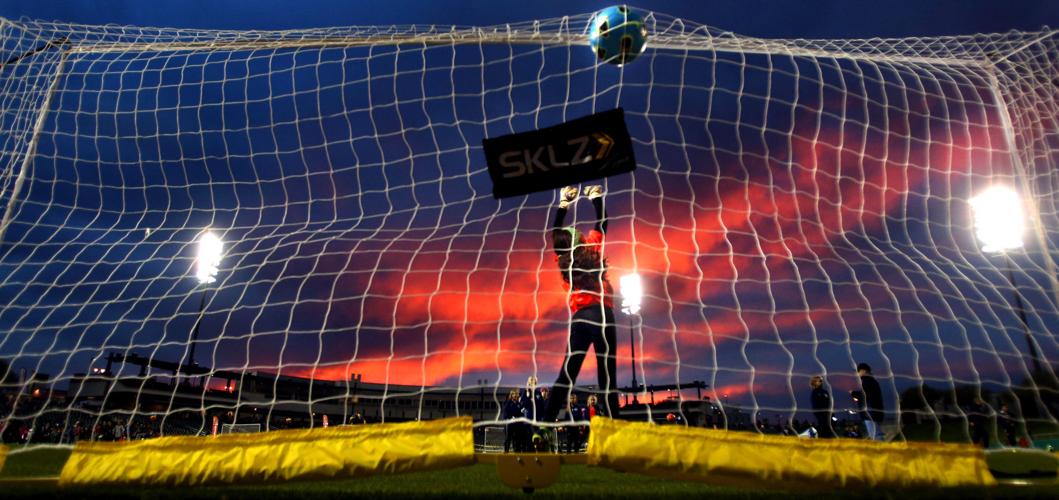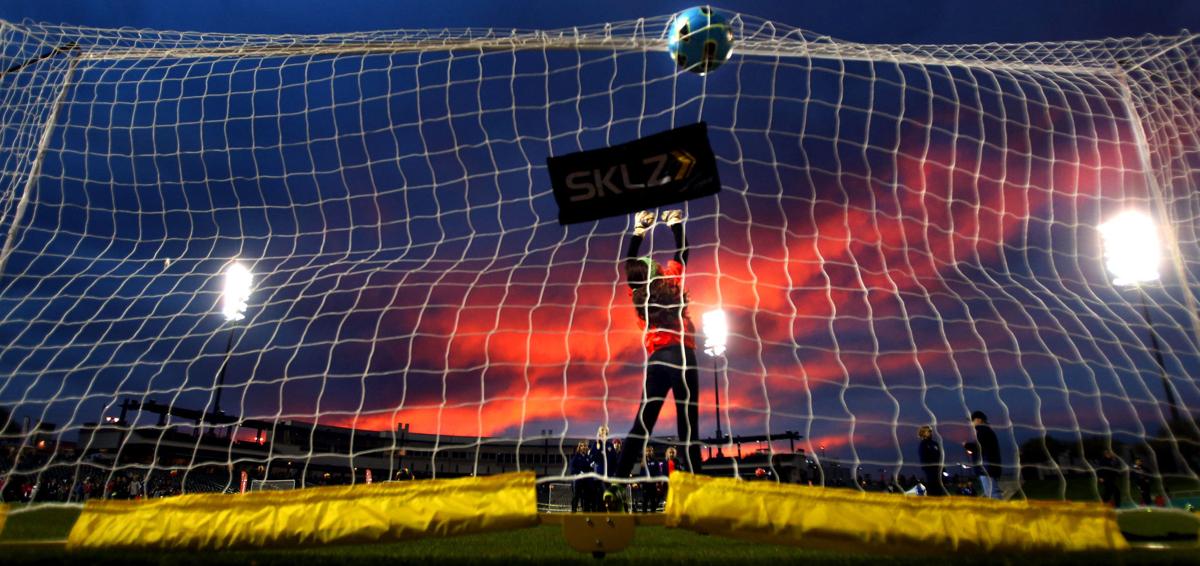The Pima County supervisors resolved one nagging question Tuesday: What are we going to do about the Rillito Park Racetrack?
By passing a four-year contract extension for horse racing, they effectively put to rest the long conflict over soccer vs. horses at the county park. Their decision was good and justified, in my view.
In part, that’s because removing the race track would only have led to four additional soccer fields. That’s a small help, but not enough to make a dent in the dearth of fields that affects our growing and diversifying metropolis.
After the Rillito decision, the bigger problem remains unresolved: What to do about our relative lack of athletic fields for soccer and other sports using similar, rectangular fields?
Youth soccer is one thing. Clubs are able to reserve fields for free — paying only for the use of lights — and tend to monopolize all the local fields from 5 to 9 p.m. Mondays through Thursdays and on Saturdays.
But youth usage is growing. And then you have all the other uses: lacrosse, ultimate frisbee, flag football, rugby and adult recreational soccer. With our growing population and multiplying demands, the static supply of fields gets more problematic every year.
I know about it in part from having played adult recreational soccer for years in Tucson, but also from having been a youth coach for a couple of years and a soccer dad for eight years. When I asked Doreen Koosmann, president of the Tucson Women’s Soccer League, about the availability of fields, her assessment was simple.
“In general, it’s awful,” she said. “We’re low priority. Youth gets priority, and the only thing we get is what’s left over.”
Koosman is in charge of obtaining fields not just for women’s league games, but also for co-ed league games (mixed male and female teams) and men’s league games. In total there are around 110 adult teams in these Tucson leagues.
They get by playing on Friday nights, Sundays and other odd hours when the kids aren’t playing. That’s all right, but even these hours are starting to be contested, Koosmann said. And the adults pay for the field time.
Expanding the Rillito fields from 11 to 15 would not have resolved the situation, of course. That’s one of the reasons the Board of Supervisors made the right decision. It would only have made a small dent in the problem, while creating the additional problem of building a new horse track elsewhere.
But thanks to the voters’ rejection of the 2014 bond package, there is no money for additional lighting or fields. The bond package wouldn’t have made a huge difference in terms of the existing parks, but it included money to pay for the construction of a soccer tournament facility at the Kino Sports Complex, on the south side of Interstate 10.
The county has purchased the 167 acres of land for the tournament site, but it doesn’t have the money to build the 19 fields that were planned. And even if the tourney site were built, it wouldn’t necessarily relieve the pressure on fields.
Tournament complexes are often more expensive to rent and may be reserved for tournament use.
“A tournament facility would be a great thing, but it’s not addressing the need,” Ted Schmidt, president of the Pima County Junior Soccer League, told me.
Pima County Administrator Chuck Huckelberry told my colleague Murphy Woodhouse that the new Kino fields could potentially be made available to youth leagues and others for regular games, not just tournaments. But that’s unlikely to be the case if, as seems possible right now, the county must contract with an outside entity to build and run the fields.
“We don’t have other places to build more fields,” Schmidt told me. “They’d have to buy more land.”
So we’re left with the obvious: Unless we’re willing to pay for more fields, and for maintaining them in perpetuity, we’ll be stuck with kids and adults competing over the same limited spaces, increasingly sought after as demands grow.







